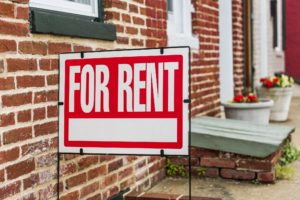 A recent study by the National Association of Home Builders (NAHB) indicated that renting was more popular in some cities than others. The study, which examined the type of rental structures people live in and their spatial distribution said that the number of renters expanded to reach 34% of the population between 2007 and 2017. The share was at 30% in 2007.
A recent study by the National Association of Home Builders (NAHB) indicated that renting was more popular in some cities than others. The study, which examined the type of rental structures people live in and their spatial distribution said that the number of renters expanded to reach 34% of the population between 2007 and 2017. The share was at 30% in 2007.
The reasons, the NAHB study said was the disruption of home construction during the Great Recession and the more recent declining affordability to own homes. In fact, single-family rentals or detached rentals accounted for 40% of all the rental stock between 2007 and 2017 more than any other structure type. The Southeast and the West, the study indicated, had the highest concentration of renters, especially for single-family homes according to data from the 2017 American Community Survey.
Merced (59.7%), Visalia-Porterville (53.8%), Modesto (53.2%), Stockton-Lodi (52.4%) and Bakersfield (51.7%), all in California, had the highest concentration of homes for rent according to the study. In fact, these cities also had the highest number of foreclosures during the Great Recession. The study revealed that these numbers indicated "an association between areas with high foreclosure rates and detached rental units."
The study also revealed that areas with higher rentals also indicated low-income communities "who cannot afford to buy a home, but are looking for more space than what a typical rental apartment would typically provide."
Looking at townhomes, the study found that these housing units accounted for 10% of rental stock growth between 2007 and 2017. However, the NAHB said that these type of homes made up the largest share of new construction rental segment or single-family built-for-rent homes. These type of rentals, the study said were mostly found in Lebanon, Pennsylvania (28.4%), Philadelphia (27.7%), and Baltimore (27.1%). The southeast coastal areas and the west coast have moderate concentrations of attached rental units, it revealed.
Additionally, the study indicated that these homes were most common in areas with space constraints. "Research also shows that millennials want to live in medium-density, walkable developments. Going forward, areas with higher shares of millennials may see growth in this structure type," the NAHB study said.
Click here to read the full study.

 DSNews The homepage of the servicing industry
DSNews The homepage of the servicing industry









